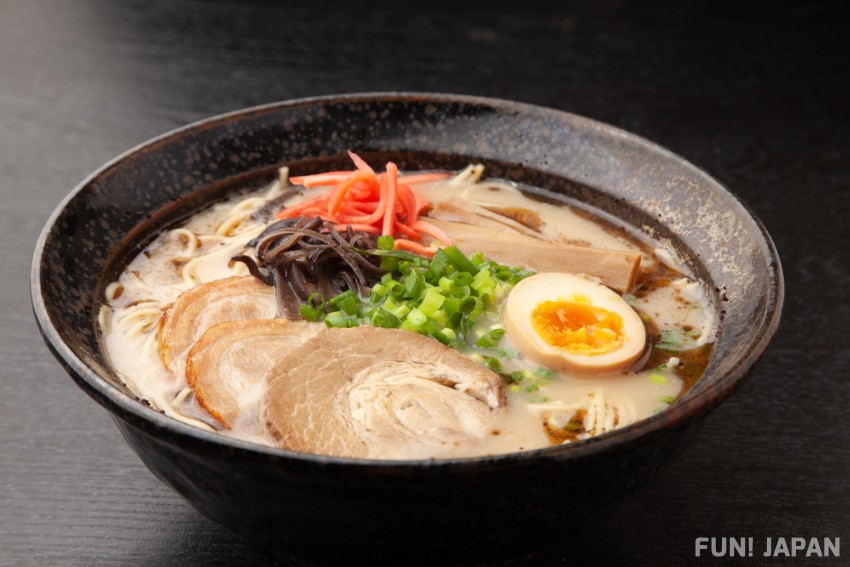
Kumamoto Prefecture, located in the central area of Kyushu in Japan, is full of must-see spots such as Kumamoto Castle, Suizenji Park known for its Japanese garden, and Aso, which has one of the largest calderas in the world. Not only is Kumamoto known for these tourist attractions, but it also excels in gourmet food. There are many must-try dishes such as Kumamoto ramen and horse meat dishes. In this article, the FUN! JAPAN editorial team will introduce you to the must-try gourmet food in Kumamoto.
Kumamoto Ramen: Characterized by its mild pork bone soup and chewy medium-thick noodles
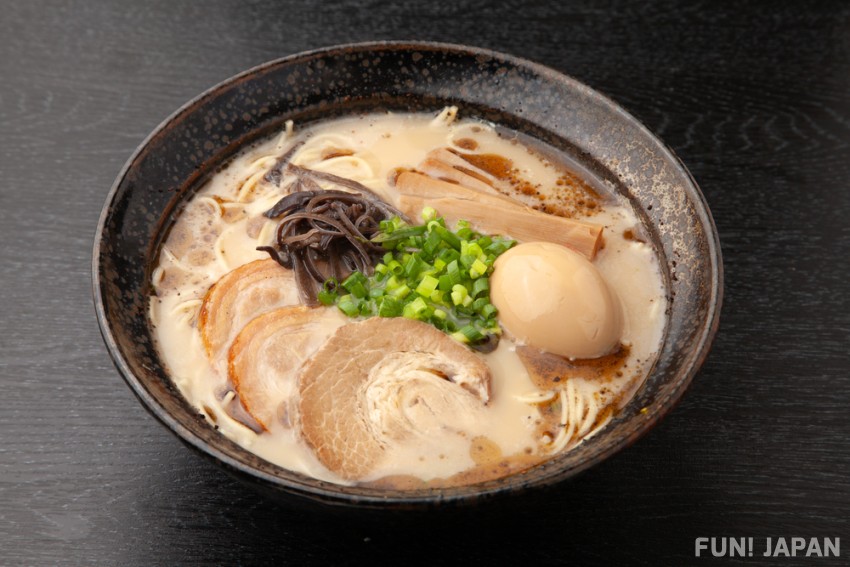
Kumamoto's local ramen is characterized by its relatively mild pork bone soup. It has its roots in Fukuoka/Kurume ramen, which is said to be the origin of pork bone ramen. While the soup of Hakata ramen and Kurume ramen, which are well-known local ramen from the same Kyushu region, is made only from pork bones, Kumamoto ramen is a blend of pork bone soup with chicken stock and pork skull. This is said to result in a flavor that is mild and without any peculiarities.
The characteristics of Kumamoto ramen are not only the soup, but also the use of medium-thick noodles with a good bite, and the topping of garlic chips or garlic fried oil "Ma-yu" that have been fried or scorched. Also, the inclusion of wood ear mushrooms as a topping for the ramen is a unique feature of Kumamoto ramen.
Famous shops representing Kumamoto ramen, which has expanded to Tokyo's Shinjuku and Shibuya, include "Keika" ('桂花', located at 1-20-1, Kabukicho, Shinjuku-ku, Tokyo) and the long-established ramen shop "Komurasaki" ('こむらさき', located at 1-20-1, Kabukicho, Shinjuku-ku, Tokyo), which was founded in 1954.
Taipi En: Healthy noodles with plenty of toppings such as seafood and fried eggs
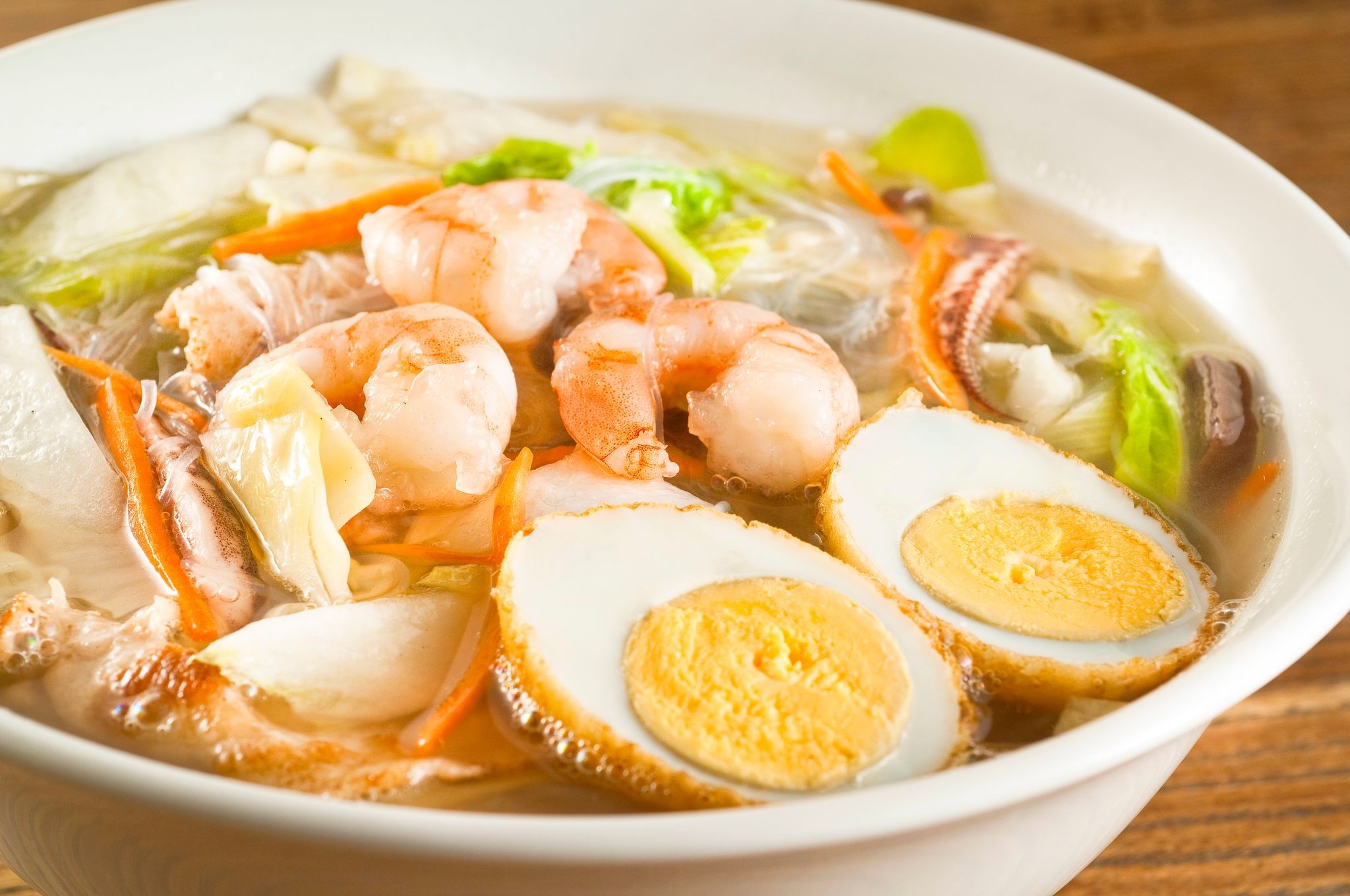
A local gourmet of Kumamoto, which is an arrangement of a type of "Soup Wonton", a local dish of Fuzhou City, Fujian Province, China, using Japanese ingredients. It is called "Taipi En" in Japan because it is read as "Taiping Yan" in the Fuzhou language spoken in Fujian Province, China.
The dish combines a glass noodle soup with seafood such as shrimp and squid, pork, Chinese cabbage, bamboo shoots, wood ear mushrooms, and other vegetables and mushrooms, topped with a fried egg at the end. The noodles use healthy glass noodles, and despite their lightness, they have a rich flavor, and the flavorful soup is the secret to their popularity. It is a staple dish that is even on the school lunch menu.
Well-known places include "Kairakuen" ('会楽園', located in Shinmachi, Chuo-ku, Kumamoto City), which is said to be the birthplace of Taipi En, and "Koran-tei Shimotori Main Store" ('紅蘭亭 下通本店', located in Anseicho, Chuo-ku, Kumamoto City), known for its original soup based on chicken stock and pork bones.
Aka Gyu-don: Sliced Wagyu "Aka Beef" on top of hot rice

"Aka Beef" or "Aka Gyu" is a Wagyu beef raised in the magnificent nature of Kumamoto and Aso. It is known as a rare brand of beef that Kumamoto Prefecture is proud of. The characteristics are that it has a lot of red meat and a moderate amount of fat. The charm is the umami taste of beef without the original smell, and it is also healthy.
This Aka beef is grilled to medium rare, sliced, and laid out in a circle on top of freshly cooked white rice to make an Aka Gyu-don (beef bowl). Depending on the store, they may be particular about the sauce they put on the meat, and some stores top it with half-boiled eggs and grated yam.
We recommend "Gotoya" ('ごとう屋', located in Miyaji, Ichinomiya-cho, Aso City), a specialty store for Aka beef bowls that is particular about the miso used, and "Batan Gyutan Shimotori Store" ('馬タン牛タン 下通り店', located in Shinmachi, Chuo-ku, Kumamoto City), which offers not only Aka beef but also a comparison of Aka beef and local dishes of Kumamoto. Not only specialty stores for Aka beef, but also local diners offer it too.
Karashi Renkon: Fill the holes in the lotus root with mustard and fry it

Lotus root with small holes filled with miso mixed with mustard, coated with wheat flour containing egg yolk, and deep-fried. In Kumamoto, it is also enjoyed as a snack. Its roots date back to about 400 years ago in the Edo period, when it was presented to the first lord of Kumamoto Domain, Tadatoshi Hosokawa, who was sickly, with the message "it's good for nourishment and strengthening".
Once you taste the crunchy texture of the lotus root and the sharp mustard miso that hits your nose, you'll be addicted. When you eat it, cut it into rings about 5-8mm thick and eat it as is, or if you don't like spicy food, eat it with mayonnaise, and if you want more spice, heat it in the microwave to increase the spiciness.
Famous places include "Fudo Chikuwa Honten" ('不動ちくわ本舗', located in Jonan-cho, Minami-ku, Kumamoto City), which sells unique lotus roots with mustard such as "Yuzu flavored lotus root with mustard" kneaded into the batter and miso, and "Mori Karashi Renkon" ('森からし蓮根', located in Shinmachi, Chuo-ku, Kumamoto City), which is considered the origin of the dish as it was presented to Lord Tadatoshi Hosokawa. Lotus root with mustard 'Karashi Renkon' is also sold in supermarkets in the prefecture.
Horse Meat Dishes: Various Ways to Eat, Including Sashimi, Sushi, and Hamburgers
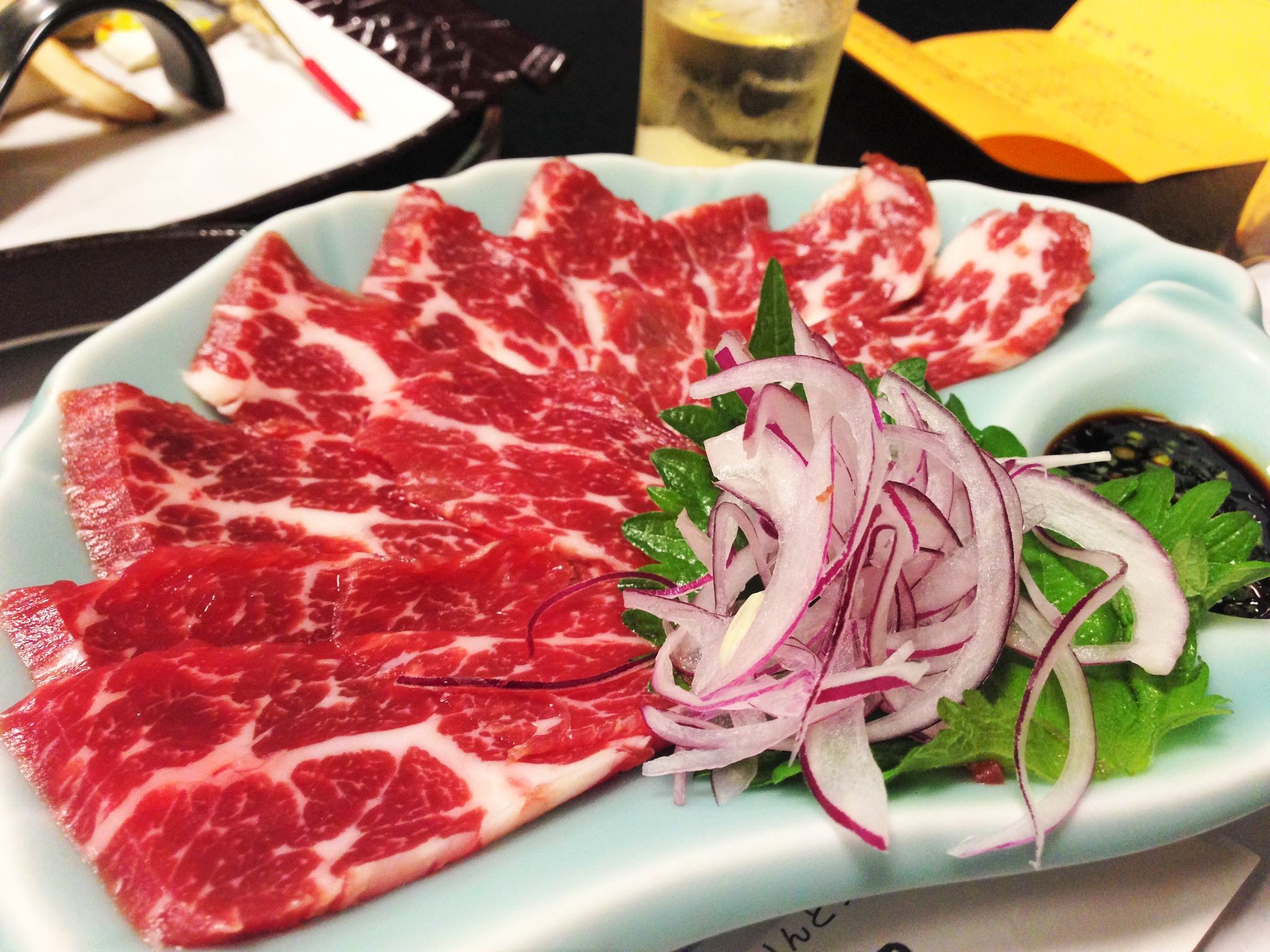
When it comes to Kumamoto's specialty gourmet, horse meat is so well-known that it's often the first thing that comes to mind. In fact, Kumamoto is said to be the number one producer of horse meat in Japan according to a survey by the Ministry of Agriculture, Forestry and Fisheries. Horse meat is low in calories and fat, yet high in protein and rich in minerals such as iron, calcium, and zinc.
There are many ways to eat it, but the most famous is "Basashi" (horse sashimi), where thinly sliced raw horse meat is eaten with thinly sliced onions, grated ginger, garlic, and sweet soy sauce. For people from countries or areas where it is not customary to eat raw meat, this dish may be hard to imagine. However, horses have a higher body temperature than cows or pigs, making it difficult for bacteria that cause food poisoning to multiply. Horse meat is processed under sanitary conditions and is always frozen before distribution. In addition, the "Kumamoto Prefecture Basashi Safety and Security Promotion Council" issues a "certification seal" for Basashi that clears "strict standards" set by the Ministry of Health, Labour and Welfare. When purchasing Basashi at a supermarket, it is a good idea to choose one with a certification seal.
In addition to Basashi, horse meat is also used in Western menu items such as hamburgers and curry, as well as Japanese dishes such as hot pots, sushi, and grilled dishes. Although it is a high-end ingredient often enjoyed on special occasions, it is also sold in general supermarkets and is a staple in some households. The horse meat specialty store "Suganoya" ('菅乃屋', located in Kasuga, Nishi-ku, Kumamoto City), which has four locations in Kumamoto Prefecture, is a famous store. Horse meat dishes are served not only at horse meat specialty stores, but also at barbecue restaurants and izakayas. It is recommended for those who want to try it out.
Dago Jiru: A nutritious soup with dumplings made from wheat flour
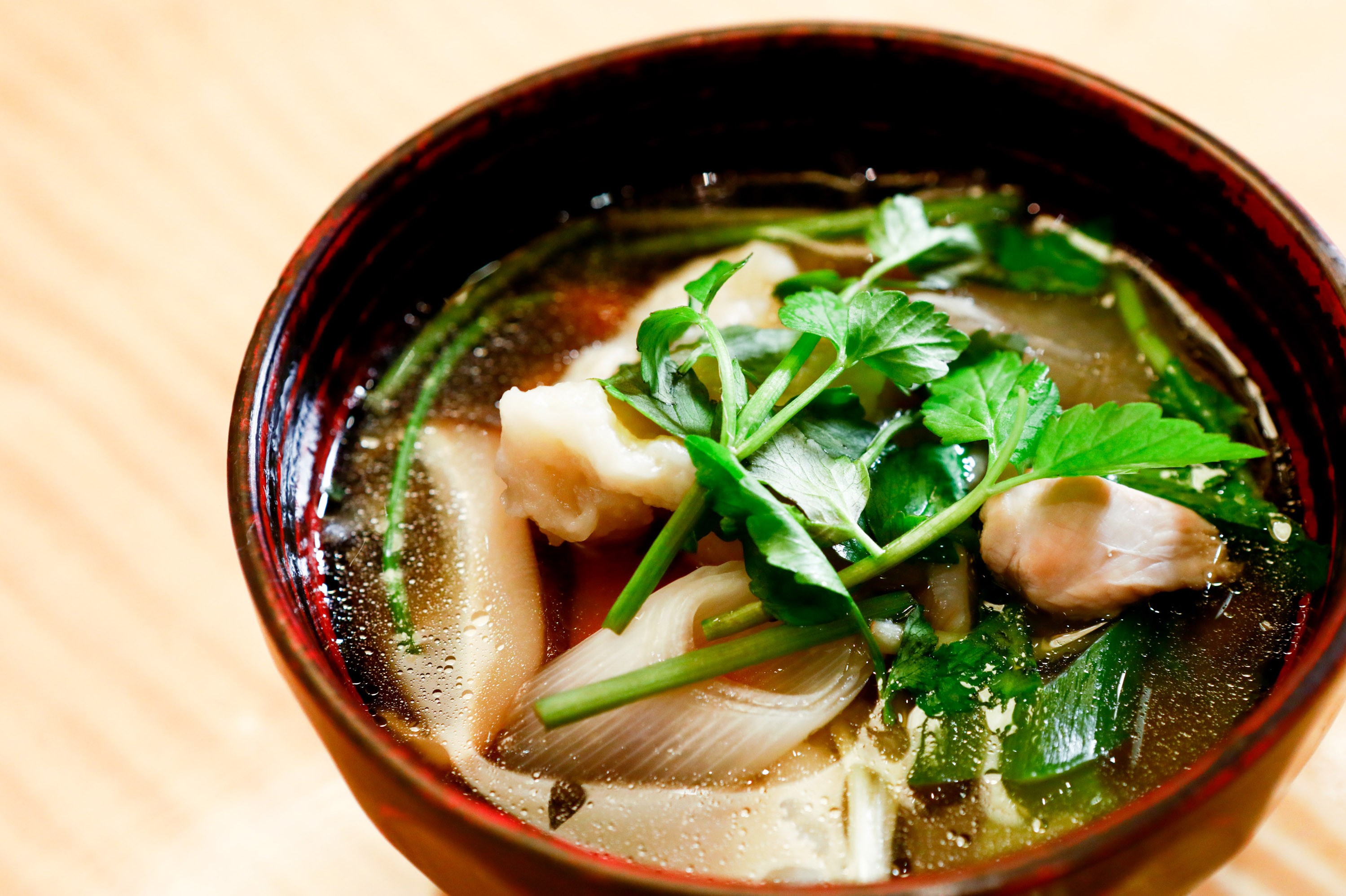
This is a soup with dumplings made by kneading wheat flour with water, letting it rest, and then tearing it by hand. Seasonal vegetables such as taro and burdock roots are added, and the flavor is adjusted with miso or soy sauce. It is said that busy farmers used to make it because it was "quick to make and filling", and they ate it during breaks from farming. "Dago" means "dango" in Kumamoto dialect, and it is also called dango jiru (dango soup).
In many areas, sweet potatoes are used in dango, and there are various ways of making it depending on the region, such as "Ikinari Dago Jiru" (Kumamoto City) with dango wrapped in raw sweet potatoes, "Ohime-san Dango Jiru" (Kamoto Kikuchi Area) made by kneading sweet potatoes to bring out the sweetness, and "An Mochi Dago Jiru" (Koshi City) where sweet bean paste mixed with sweet potatoes and brown sugar is wrapped in a dough with sweet potatoes.
The National Route 57, lined with many shops serving "Dago Soup", is known as the "Dago Soup Highway". We recommend places like "Aso Niwa Yamami Chaya" ('阿蘇庭 山見茶屋', located in Ninomaru, Chuo-ku, Kumamoto City) located near Kumamoto Castle and easy to drop by. In addition to Dago Jiru, many shops also offer a Dago Jiru set meal with rice and pickles.
Ikinari Dango: Mochi skin filled with fluffy sweet potatoes and red bean paste
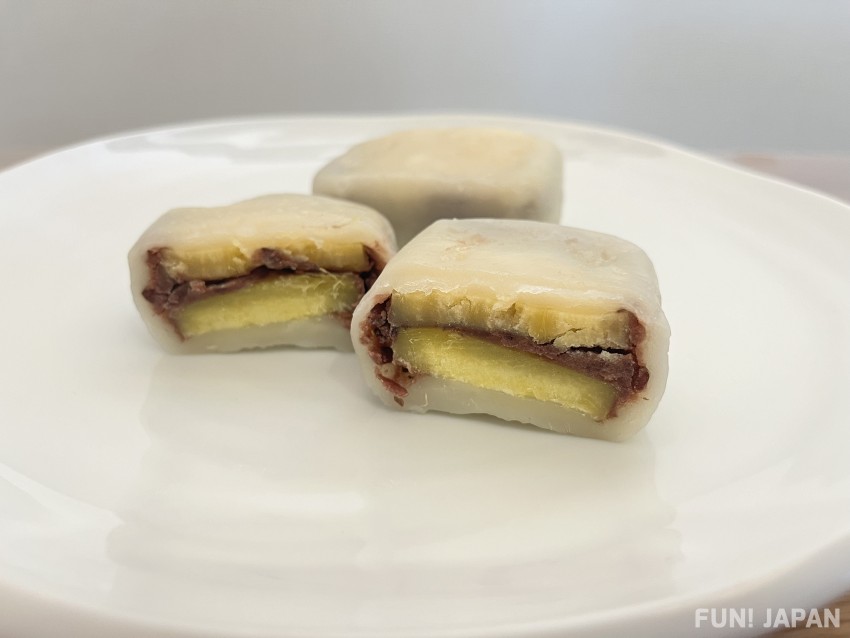
A traditional local sweet that has been made in Kumamoto homes for a long time. It is made by wrapping sliced sweet potatoes about 1 cm thick and red bean paste in a dough made from kneaded wheat flour and then steaming it. The mochi-like texture of the outer dough and the fluffy sweet potatoes and sweet red bean paste are a perfect match.
In Kumamoto dialect, "Ikinari" means "simple, easy," and there are various theories about the origin of the name, such as "even if a customer comes suddenly, they can be entertained immediately (= easily made)", "it can be made 'suddenly' in a short time", and "easy-to-make dumplings". There are various variations, such as those with brown sugar or mugwort mixed in the dough, and those using purple sweet potatoes.
Although it is most delicious when eaten freshly steamed, it can also be enjoyed by warming it in a microwave or steamer when it is cold, or baking it in an oven, making it an ideal souvenir. Specialty stores for Ikinari dumplings and sweet potatoes, such as "Imoya Chobei" ('芋屋長兵衛', located in Mashiki Town, Kamimashiki District) and "Hanamarudo" ('華まる堂', located in Kokufu, Chuo Ward, Kumamoto City), which are particular about the production areas of sweet potatoes and bean paste, are recommended. Like mustard lotus root, Ikinari dumplings are also sold in supermarkets and the like.
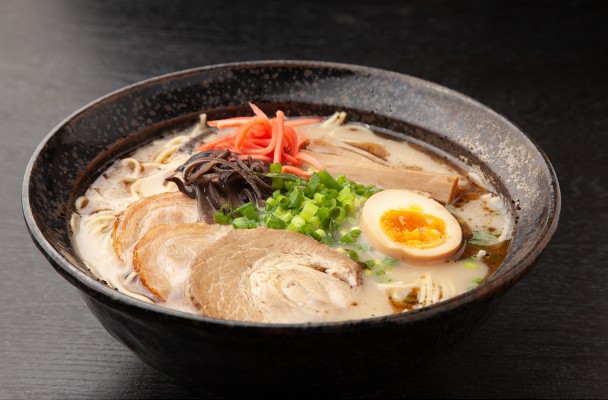

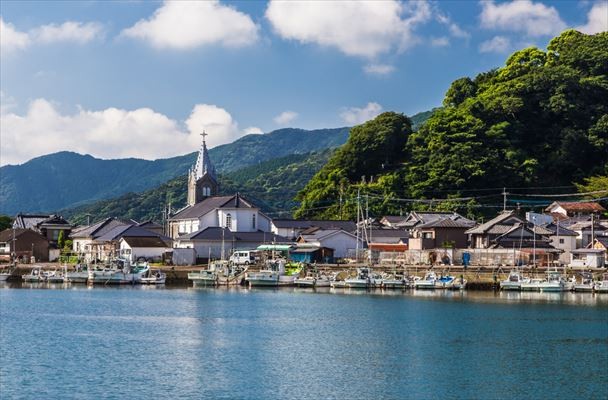


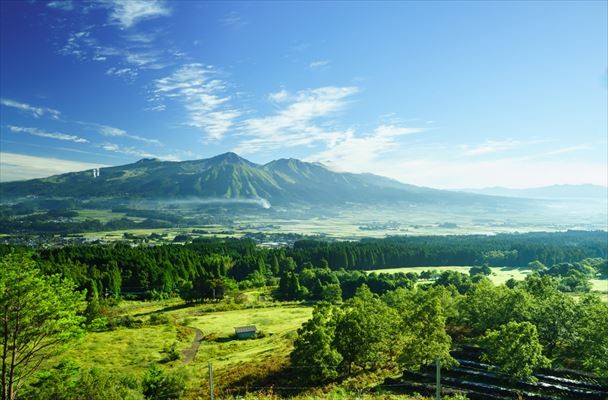
Comments